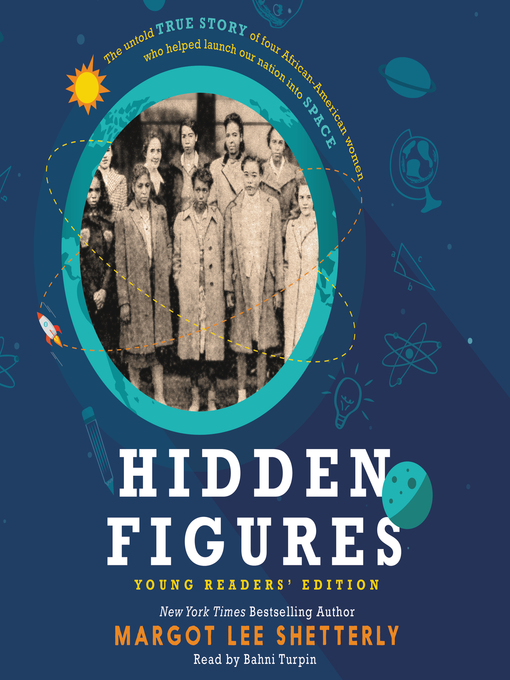The uplifting, amazing true story—a New York Times bestseller!
This edition of Margot Lee Shetterly's acclaimed book is perfect for young readers. It's the powerful story of four African-American female mathematicians at NASA who helped achieve some of the greatest moments in our space program.
Before John Glenn orbited the earth, or Neil Armstrong walked on the moon, a group of dedicated female mathematicians known as "human computers" used pencils, slide rules, and adding machines to calculate the numbers that would launch rockets, and astronauts, into space.
This book brings to life the stories of Dorothy Vaughan, Mary Jackson, Katherine Johnson, and Christine Darden, who lived through the Civil Rights era, the Space Race, the Cold War, and the movement for gender equality, and whose work forever changed the face of NASA and the country.

